After a period of relative neglect of my Blog (I’ve simply been too busy finalizing my book), it’s time to activate it more again and also for having a new theme poll – a choice of topics that a blog post the week after next Sunday should have. So have your say!
As promised last time, on this occasion all suggested themes are new (I may re-run older also-rans later on) – and they all begin with a “b”. Here we go:
a) dark tourism & barbed wire
b) dark tourism & bent steel
c) dark tourism & broken glass
d) dark tourism & bullet holes
Please vote for your favourite out of these four by leaving a comment below with your choice – or, if you’re a subscriber to the newsletter, by replying to this Sunday’s issue.
Today is “Valentine’s Day”, one of those dates in the year that has increasingly been commercialized; I’ve seen not just heart-shaped ice-creams and cheeses but yesterday I even spotted heart-shaped frozen pizza Margherita in the supermarket! Do they stop at nothing?!?
I counter all this faux romanticism with a dark take on Valentine’s Day. A year ago, I used the photo above on my then still active Facebook DT page (purged later that year) for a quiz question, as had been traditional on that page on Fridays. Here’s the photo again with the old post text, pulled from my archive and slightly adapted:
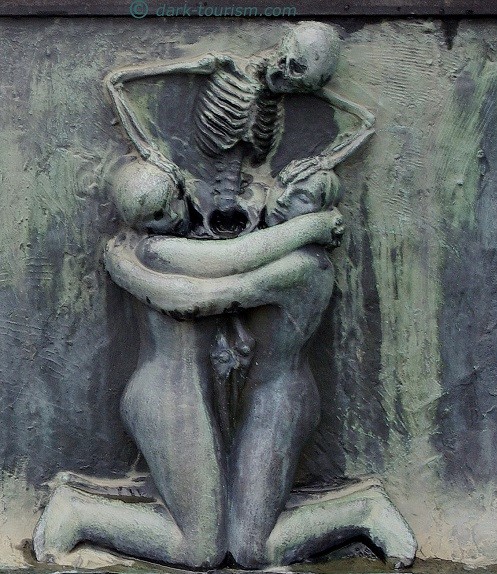
I tried to find something to put a dark spin on that prescribed ‘romanticism’ of Valentine’s Day and found this in my archive.
The caption is in allusion to that old Joy Division classic song “Love Will Tear Us Apart”.
But where is this piece of dark art to be found?
The following day I revealed the answer to the quiz question and posted a gallery of additional photos from the same location:
Vigeland Park in Oslo, Norway, part of Frogner Park, named after Gustav Vigeland, the artist who created all the sculptures and bas-reliefs in the park between 1924 and 1943.
It’s a massive collection, and full of highly intriguing works, of which some are decidedly “dark” in appeal and many others quite, er, “risqué”, to say the least.
Here are a few more examples …
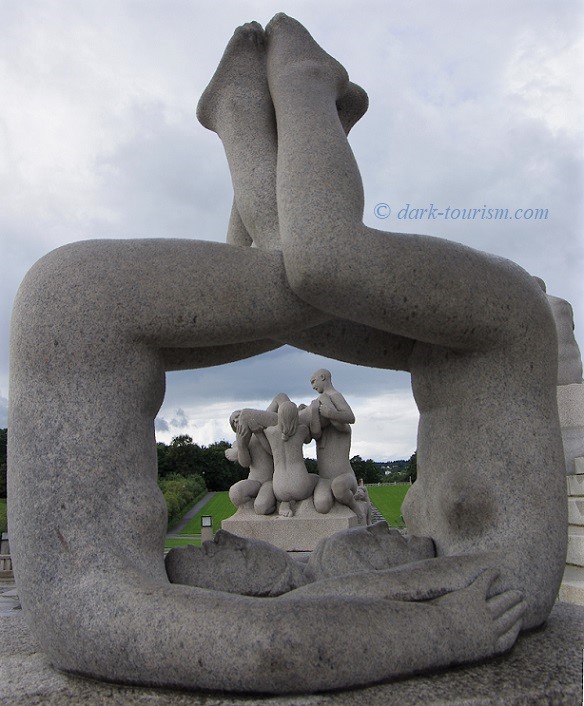
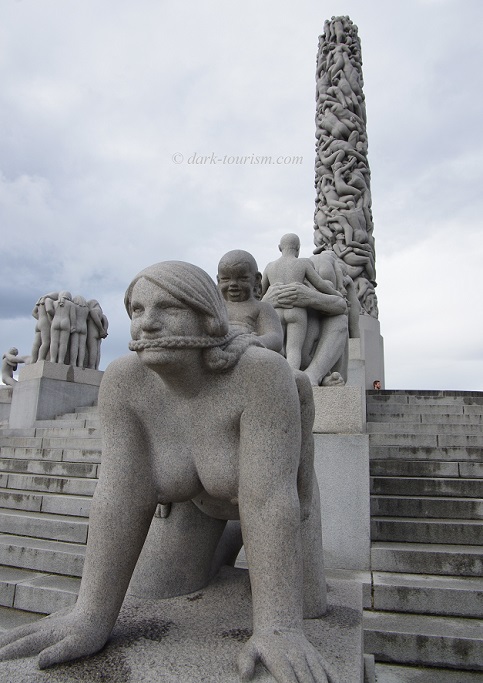
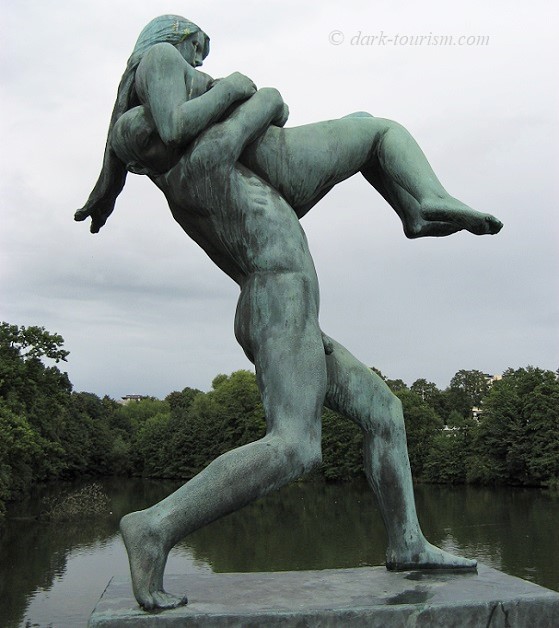
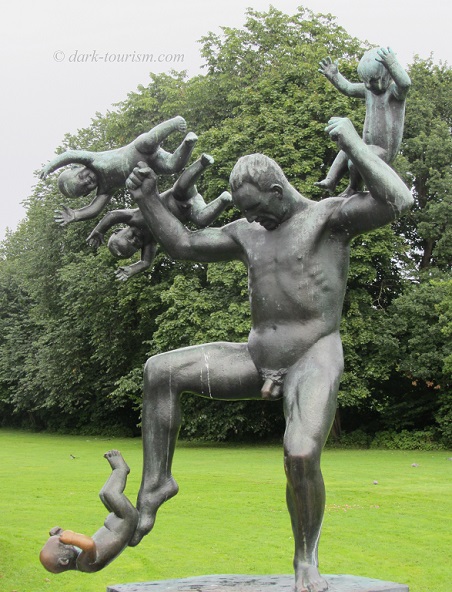
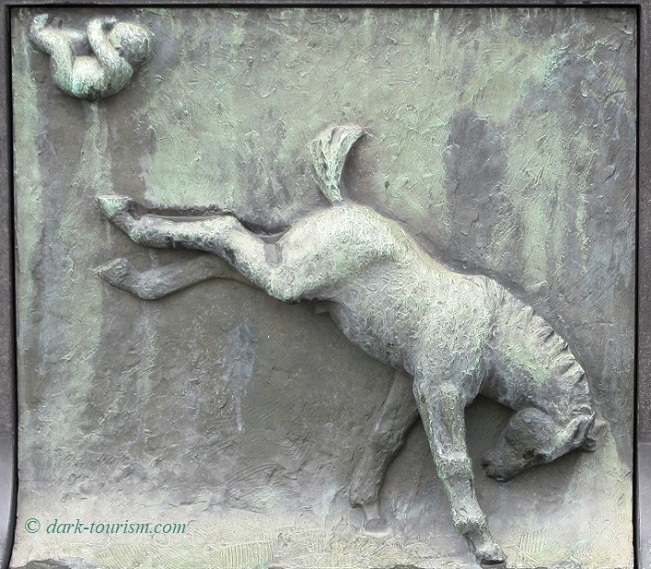
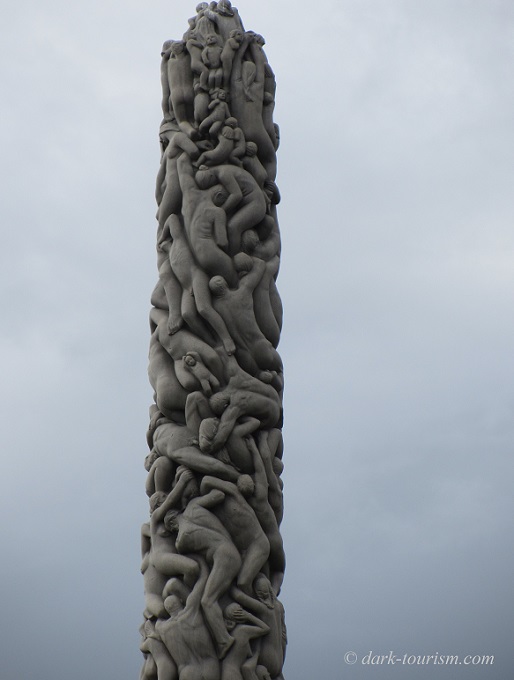

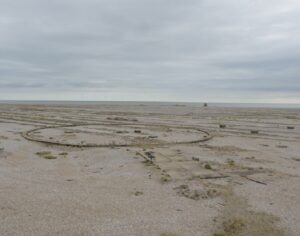
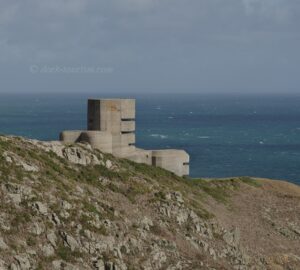
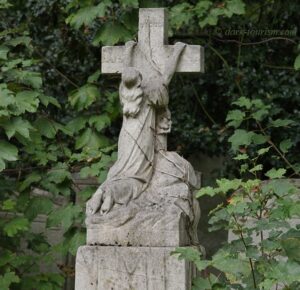
13 responses
DT and Bent Steel gets my vote.
noted!
Broken glass.
noted!
Broken glass for me please, Peter.
noted!
Broken glass…
noted!
Broken glass
Broken glass
noted – your comment appears twice here for some reason, but I’ll count that as only one vote 😉
DT and broken glass please! x
noted!